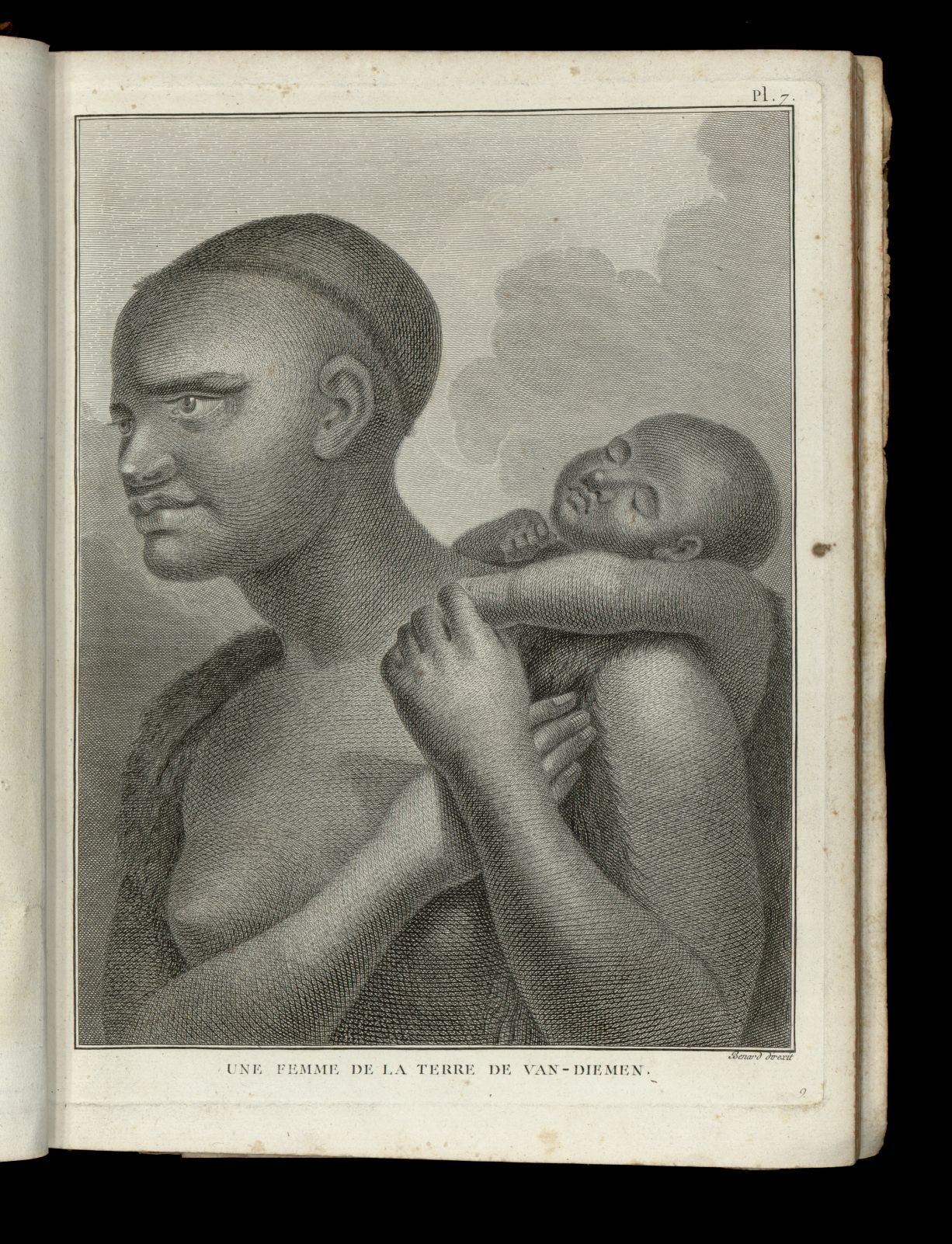Scientific expeditions
Go to the volumes of the collection | See also on Wikipedia:
![Sommier Stephen, Un'estate in Siberia, carta geografica [II] recto Sommier Stephen, Un'estate in Siberia, carta geografica [II] recto](upload/Collezioni%20digitalizzate/Sommier%20rit.jpg)

The decades between the end of the 16th and the beginning of the 20th century see the great proliferation of journeys of discovery and exploration. In particular, the evolution of navigation techniques leads to the opening of new transoceanic routes to both the Americas, Africa, and Asia with the dubbing of the Cape of Good Hope.
If the first voyages after that of Columbus (the most renowned among them are those of Vasco da Gama and Ferdinando Magellano) have as their main purpose geographical knowledge (with consequent development of cartography) and the opening of new commercial routes. Soon – especially since the 17th century – discovery journeys begin to include medical doctors as part of the various expeditions. naturalists and often draughtsmen and painters called to visually document the landscapes encountered and plant and animal specimens of exotic species until then little known or completely unknown.
From the second half of the 19th century the birth and the rapid development of photography led to ever greater use of this means at the expense of drawing and painting, which, however - especially as regards the scientific depiction of animals and, above all, plants - was never to be abandoned. In these works, the scientific rigour of the treatment is often accompanied by the pleasantness of the narration, in particular when it comes to the description of the places visited and the encounter with populations, with uses and customs very different from those of the narrator.
Among the narratives of the eighteenth century, we recall that of Lazzaro Spallanzani following a trip made in 1788 to Naples, Sicily, and the Aeolian Islands; that of the German Peter Simon Pallas the result of a long expedition in several provinces of the Russian Empire and also the third trip of the Englishman Cook to the Pacific Ocean.
From the following century, the travel reports of scientists linked to the Royal Museum of Physics and Natural History are digitized, such as those of Giglioli, Mantegazza, Sommier, who sailed on Italian ships such as the Magenta, the first warship to carry out the circumnavigation of the globe.
Last update
05.06.2025